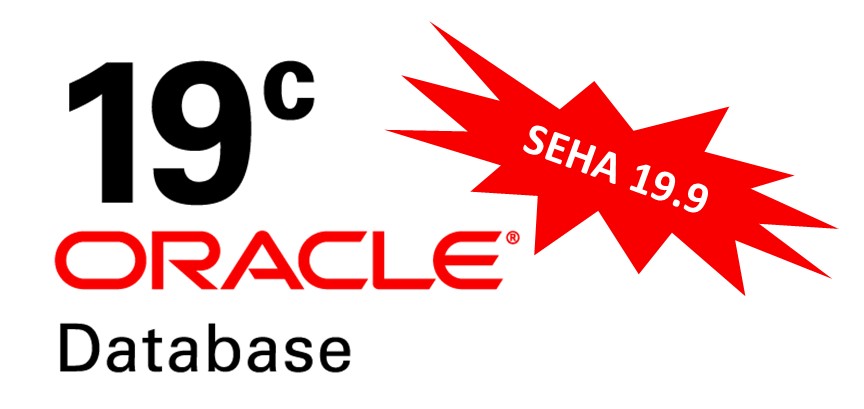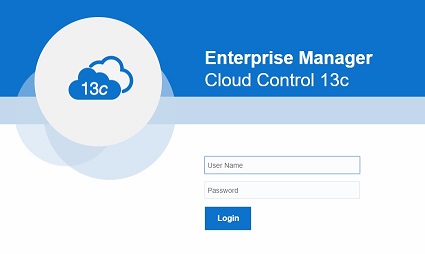I usually don’t work with the local version of EM. I haven’t used DB Console in 11g and below so much, and I used EM Express in 12c even less. But when a colleague contacted me not too long ago and said that Oracle stripped down a lot of functionality in EM Express, I had to check it out.
I have all kind of virtual machines installed, so I just fired up 11.2 and 12.2, started DB Console and EM Express and checked the differences.
I didn’t need to dig too deep to see that he was right. The EM Express menu is much slimmer than the one in DB Console, and it does look like that the removed menu items are no longer available in EM Express.
EM Express Menu




There are 4 menu items in the EM express: Configuration, Storage, Security, and Performance. This is what you can find under these menu items:
DB Console Menu





DB Console menu has a much “older” look than EM Express. It’s not really a menu, it’s more like different tabs containing links. But still, there are much more stuff to do there.
Here are the options:
Differences
I don’t want to go into each and every menu item, you can see them for yourselves. However, there are some differences that I’d like to mention:
- Backup and recovery – DB Console allows the DBA to perform backups with different options and manage backup and restore settings. EM Express doesn’t include backups at all
- Oracle scheduler – this is actually what started this entire discussion with my colleague. EM Express doesn’t allow you to manage jobs at all, while DB Console provides everything you need to do so
- Resource manager – EM Express does have resource management page. In this page you can mainly see performance related information and you can change the active resource plan. However, you cannot manage the resource management plans, consumer groups, setting, etc.
There are quite a few more differences like export/import, database objects (you can do that with SQL Developer) and Streams (which is de-supported, so that kind of makes sense).
Correction

In the original post I wrote that EM Express doesn’t allow to edit database files other than datafiles. After a comment from Martin Widlake I rechecked this statement. And I was wrong. I saw only tablespace because I was connected to the EM Express of a PDB. At the CDB level you can list and manage redo logs, archive logs, undo, and control files. Thanks Martin and sorry for the mistake. Below you can see the menu at the CDB level.
Conclusion
The new EM Express looks much better. It has quite a lot of information about the database, but it seems that Oracle changed it to be more of an “information-based” tool and not “database management” tool as DB Console was. Some of the things can be done from SQL Developer (which is a great tool), but not everything (as SQL Developer is more for managing database objects and development and not database infrastructure management). I think this is too bad as now people will have to turn to OEM Cloud Control or a 3rd party products to do that and this will increase the complexity (and price) or the environment.



Thanks for the comparison, indeed Im not surprised, as I think the aim is to get to the heart of developers and not so much to the heart of DBAs 😉 Also given the roadmap of 18 and beyond seems DBA is about to become extinct role in the future anyway.
Important thing to remember with the Performance Hub (and indeed all the Performance items IIRC), you need Diag and Tuning to use it.
That’s true Pete, and it’s not specific to DB Console or Em Express. It’s true for SQL commands and OEM Cloud Control as well. Thanks for the reminder.
Let me know what you can’t do in SQL developer that can do in em Express.
We want that Delta to be zero